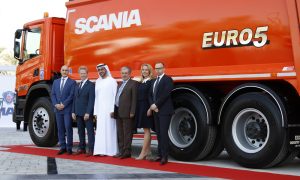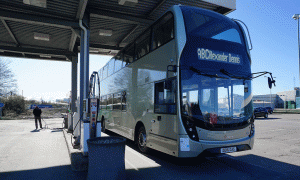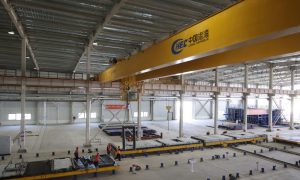Ericsson, Scania join forces to boost 5G transport connectivity
New networks will boost communication between vehicles

Swedish technology company Ericsson has teamed up with Scania to boost commercial vehicle connectivity through the deployment of 5G networks.
In a statement released during the recent Mobile World Congress in Barcelona, Ericsson and Scania said that future deployments of 5G networks will improve the transportation industry by enhancing vehicle-to-vehicle (V2V) communication.
“We’ve been speaking about introducing vehicle-to-vehicle and vehicle-to-infrastructure communications for quite some time but now it’s really taking off,” says Håkan Schildt, director of strategy and business development at Scania’s Connected Services and Solutions business unit.
“We now see greater prospects for reliable communications through mobile networks.”
According to the statement, new developments in LTE and 5G standardisation have created opportunities for dedicated vehicle-to-vehicle communications using the mobile network while minimising risks of unpredictability and latency.
One application of V2V communication is the concept of ‘platooning.’ Wireless communication between vehicles – particularly trucks – enables them to be driven in convoys or platoons close to one another, by allowing the system to take over functions such as steering and braking.
This practice allows for air drag to be reduced, leading to lower fuel consumption and exhaust emissions. Truck platoons – an area Scania has been actively researching – also allow for roads to be used more efficiently.
Present legislation allows trucks to drive at a safe distance from each other using features such as radar and cruise control, the statement said. However, an even shorter distance between trucks – which can further cut fuel consumption – requires vehicle-to-vehicle communications and interconnected control systems. Research by Ericsson and Scania has now shown that sufficiently reliable communications can be established using 4G, and future 5G, networks.
“In view of the enormous benefits, we’re convinced that vehicle-to-vehicle communications will be implemented by transport operators of all types,” says Claes Herlitz, Head of Automotive at Ericsson.
“Addressing the challenges posed by growing passenger and freight volumes, enhanced communications can contribute to greater logistics efficiency and thereby reduced environmental impact.”

























